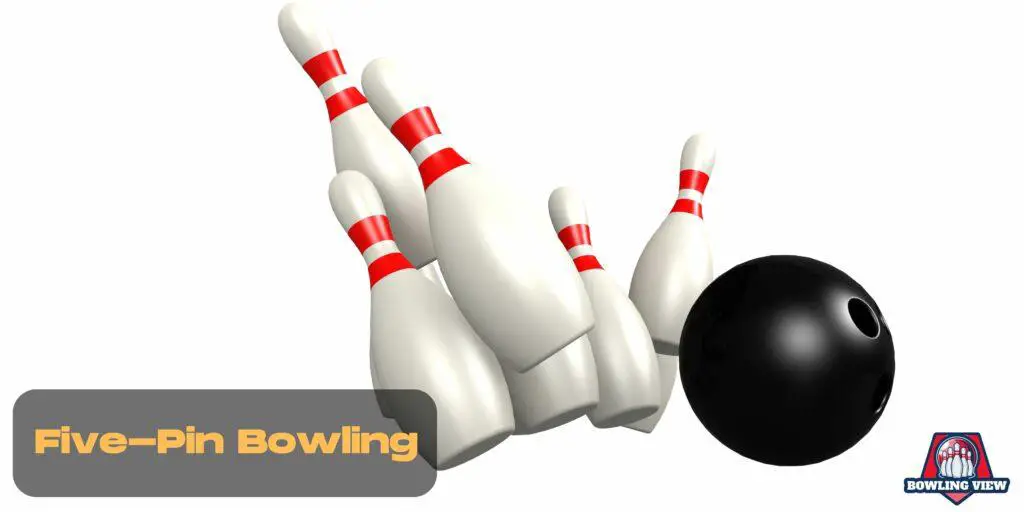Bowling has been a popular recreational and competitive sport throughout history, providing endless entertainment and skill-building opportunities for players worldwide. As a diverse activity with various formats and styles, the specific category of bowling may not be immediately apparent to those not familiar with its nuances. In this article, the aim is to explore the different classifications of bowling and pinpoint which category it falls under.
At its core, bowling is a sport that requires both physical prowess and mental focus. It involves rolling a weighted ball down a long, narrow lane in an attempt to knock down pins located at the far end. From traditional ten-pin bowling to the lesser-known styles like candlepin and duckpin, each variation possesses its unique characteristics and challenges.
Categorizing bowling can be done from multiple angles, such as by type, geography, or competitive level. For example, one might classify it as an indoor sport, a target sport, or a team sport, given the nature of its gameplay. Understanding the category of bowling helps to better appreciate its rich traditions and continuously evolving dynamics in the world of sports.
Understanding the Category of Bowling
Bowling is a popular sport with various categories that cater to different preferences and skill levels. This section will delve into three main types: Ten-Pin Bowling, Nine-Pin Bowling, and Five-Pin Bowling.
Ten-Pin Bowling
Ten-Pin Bowling is the most widely recognized and played form of the sport. It features a standard setup of:
- Ten pins arranged in a triangular pattern
- A lane measuring 60 feet (18.29 meters) in length
- A ball weighing between 6 and 16 pounds (2.72-7.26 kg)
Players aim to strike down all ten pins with their bowling ball. Each frame offers two chances to knock down as many pins as possible. Scoring is based on pin counts and bonus points awarded for consecutive strikes or spares.
Nine-Pin Bowling
Nine-Pin Bowling, predominantly played in Europe, is a variation that uses:
- Nine pins set in a diamond shape
- A lane that’s slightly narrower and shorter than ten-pin bowling
- A ball without finger holes, weighing approximately 9 pounds (4 kg)
The objective remains to knock down all pins, but players have three attempts in each frame. Scoring is determined by the pin count and additional bonus points for special achievements, like the so-called “Ring” (all pins but the central one) or consecutive successful shots.
Five-Pin Bowling
Five-Pin Bowling, primarily popular in Canada, presents unique challenges with:
- Five pins arranged in a V formation
- A lane similar in size to ten-pin bowling
- A smaller, lighter ball with no finger holes, weighing up to 3.63 pounds (1.65 kg)
In each frame, players get three attempts to knock down pins, which are assigned different point values based on their position:
| Position | Points |
|---|---|
| Center (Head) | 5 |
| Left/Right (2) | 3 |
| Left/Right (3) | 2 |
Scoring takes into account both pin counts and bonus points awarded for strikes or spares, making it a distinctive form of the game.
Each of these bowling categories offers its unique set of challenges and enjoyment, catering to diverse interests and abilities among enthusiasts.
Bowling Techniques and Styles
Bowling is a sport with various techniques and styles that cater to the individual bowler’s strengths and preferences. In this section, we will discuss two of the most common techniques: the Stroker Technique and the Cranker Technique.
Stroker Technique
The Stroker Technique is a smooth and controlled style of bowling. This technique focuses on accuracy and consistency rather than power. Bowlers using this technique generally have a moderate to low backswing and a smooth release. The key elements of the Stroker Technique include:
- Arm Swing: A controlled and moderate to low backswing.
- Release: A smooth release with a clean, consistent rotation of the wrist and fingers.
- Ball Speed: Moderate ball speed, emphasizing accuracy over power.
- Rev Rate: Lower revolutions, resulting in a more predictable ball motion.
The Stroker Technique is best suited for bowlers who prioritize accuracy and consistency in their game. This approach is ideal for challenging lane conditions, as it offers a predictable and stable shot.
Cranker Technique
The Cranker Technique is a powerful and aggressive style of bowling that emphasizes generating optimal revolutions and ball speed. This high-rev technique results in a more dynamic ball motion and increased pin action. The key elements of the Cranker Technique include:
- Arm Swing: A high and fast backswing, generating significant power.
- Release: An aggressive and rapid snapping motion of the wrist and fingers at the point of release.
- Ball Speed: Higher ball speed, emphasizing power and pin action.
- Rev Rate: High rev rate, resulting in a more dynamic ball motion.
The Cranker Technique is best suited for bowlers who thrive on aggression and power in their game. This approach can be advantageous on heavier oil patterns, as the increased revolutions and ball speed help to break through the oil and create a strong backend reaction.
Both the Stroker and Cranker Techniques offer unique advantages depending on the bowler’s preferences and the lane conditions. Understanding the differences between these techniques allows bowlers to make informed decisions about their bowling style and make adjustments as needed during competition.
Equipment and Gear
Bowling Balls
Bowling balls are a key piece of equipment in bowling. They are typically made of hard rubber, plastic, or reactive resin materials. The weight of a bowling ball can range from 6 to 16 pounds, depending on personal preference and skill level. Most bowling balls have three finger holes for gripping, spaced to fit each player’s hand. The choice of material and weight can significantly impact a player’s performance.
- Hard Rubber: These balls offer a consistent roll but less hook potential.
- Plastic: A popular choice for beginners, plastic balls provide limited hook but are cost-effective and durable.
- Reactive Resin: Advanced bowlers prefer these balls due to their high hook potential and increased traction on the lane.
Bowling Shoes
Bowling shoes are another essential piece of gear. They are designed to provide the necessary traction and slide for a smooth, controlled approach to the foul line. Bowling shoes differ from regular athletic shoes in that they have specially designed soles.
One shoe, usually the non-dominant foot, has a slide sole that allows for a controlled slide at the end of the approach. The other shoe, on the dominant foot, has a traction sole that provides grip and stability during the approach.
| Shoe Type | Characteristics |
|---|---|
| Athletic | Lightweight, flexible, with a casual appearance. Ideal for beginners. |
| Performance | More durable, with advanced features such as interchangeable soles and heels. Recommended for competitive bowlers. |
When choosing bowling equipment, it is important to consider factors such as personal preference, skill level, and the desired balance between performance and cost. Investing in the appropriate gear can provide a more enjoyable bowling experience and help improve overall performance.
Famous Bowlers and Tournaments
Bowling is a popular sport with a long history, and over the years, many talented players and exciting tournaments have emerged on the global stage.
Top Professional Bowlers
Walter Ray Williams Jr. is considered one of the greatest bowlers of all time. With 47 Professional Bowlers Association (PBA) Tour titles to his name, Williams holds the record for the most titles won by a single player.
Earl Anthony, known as “The Doomsday Stroking Machine,” earned a total of 43 PBA Tour titles, including six PBA Player of the Year awards before his retirement.
Norm Duke has been a consistent force in the bowling world, having won 40 PBA Tour titles, including seven major championships.
Major Bowling Championships
- PBA World Championship: Organized annually by the Professional Bowlers Association, this prestigious event is one of the major championships in bowling, with a history dating back to 1959.
- US Open: One of the most difficult tournaments due to its challenging lane conditions, the US Open is considered a major championship in competitive bowling.
- USBC Masters: Organized by the United States Bowling Congress, this tournament showcases the talents of amateurs and professionals alike and is known for its unique double-elimination match play format.
- Tournament of Champions: Established in 1962, this prestigious event invites past PBA Tour champions to compete for the title, adding an additional layer of excitement for the fans.
In summary, the world of bowling is filled with talented players and events, showcasing the competitive spirit and skillful nature of this beloved sport.
Related Articles:



